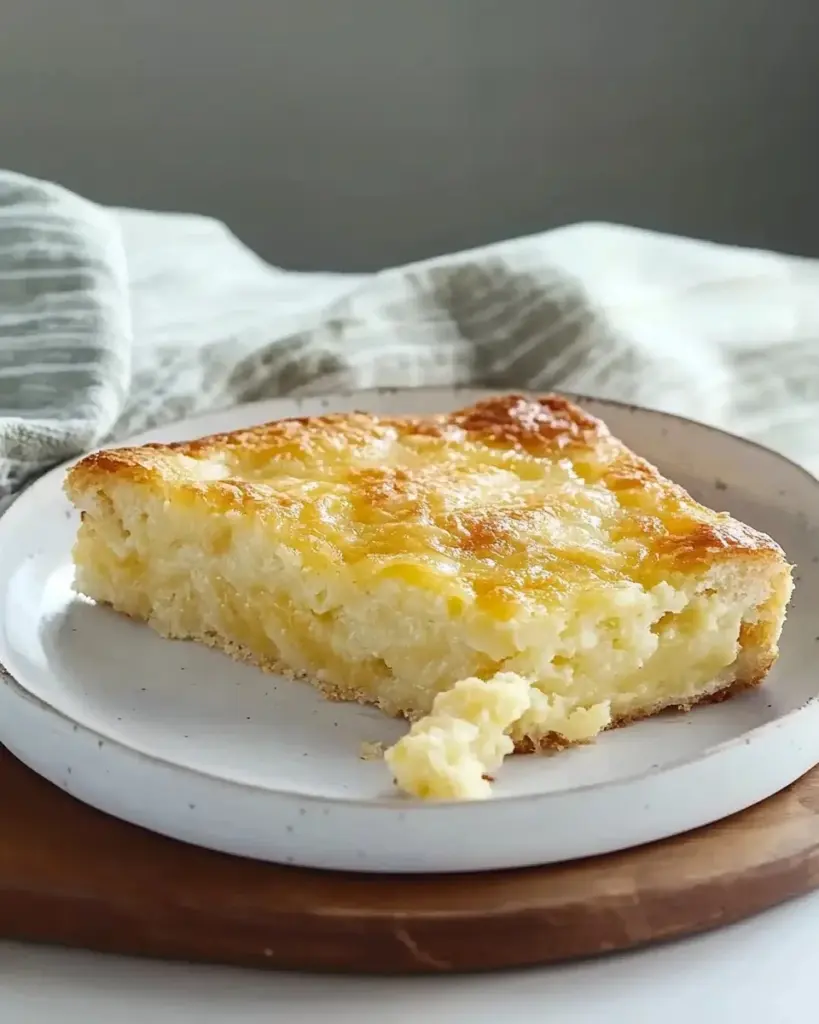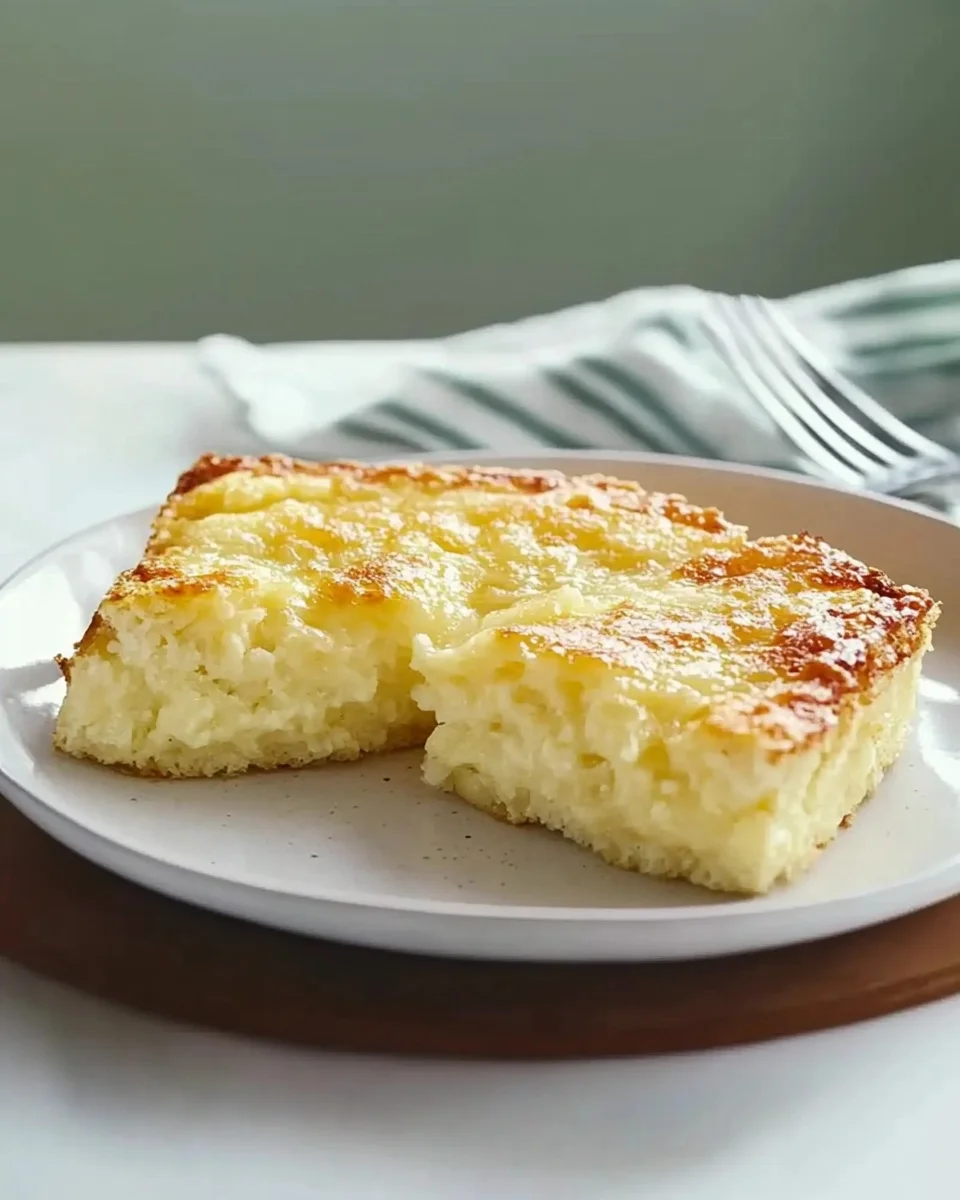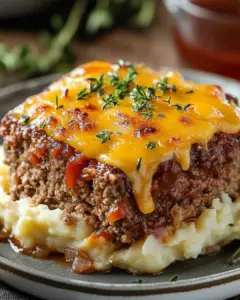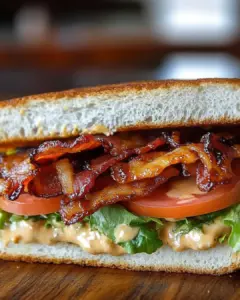A Sweet Taste of Childhood
Growing up, there was always something special about the aroma of freshly baked Chinese Egg Cakes filling the kitchen. I remember sitting by the counter, watching my grandmother expertly whip the eggs into a pale, airy mixture, her hands moving with precision and care. She never measured anything—just a dash of this and a handful of that—but somehow, the cakes always turned out perfect. Light as air, golden on the outside, and delicately sweet, they were a treat reserved for family gatherings, weekend breakfasts, or a simple afternoon tea.
This humble cake, deeply rooted in tradition, is more than just a dessert—it’s a reminder of the warmth and love that goes into homemade food. Now, every time I bake a batch, I feel connected to those childhood memories, recreating the same magic in my own kitchen. Whether you’re making them for the first time or rediscovering a lost favorite, Chinese Egg Cake is a recipe that stands the test of time.
In this article, we’ll explore the history, health benefits, variations, and commonly asked questions about this simple yet exquisite treat.
The Legacy of Chinese Egg Cake
Chinese Egg Cake, also known as Ji Dan Gao (鸡蛋糕), has been a staple in Chinese households for generations. Unlike Western-style cakes that rely heavily on butter and baking powder, this cake gets its signature fluffiness from the whipping of eggs and sugar, creating a naturally light texture.
The recipe traces back to traditional Chinese baking methods, where simple ingredients were used to create elegant flavors. Often served during celebrations, festivals, or as an everyday snack, this cake is a testament to the beauty of minimalism in Chinese cuisine.
Why Chinese Egg Cake Is a Must-Try
1. Light, Airy, and Guilt-Free
Unlike heavy butter-based cakes, Chinese Egg Cake has a delicate structure and is naturally low in fat. Made with just eggs, sugar, flour, and a touch of oil, it’s a dessert you can enjoy without feeling weighed down.
2. Simple Yet Elegant
One of the most appealing aspects of this cake is its simplicity. With only a few ingredients, it showcases the natural flavors of eggs and sugar without the need for excessive flavoring. The result? A cake that’s subtly sweet, soft, and comforting.
3. No Special Equipment Needed
You don’t need fancy cake pans or advanced baking skills to make Chinese Egg Cake. A simple mixing bowl, a hand whisk or electric mixer, and an oven are all you need to bring this classic treat to life.
4. Perfect for Any Occasion
Whether you’re looking for a light breakfast, a tea-time snack, or a dessert to share, Chinese Egg Cake fits the bill. Serve it with a cup of green tea or a drizzle of honey for an extra special touch.
Golden Delight: Traditional Chinese Egg Cake Recipe
Ingredients:
- Core Components:
- 2 medium-sized eggs, at room temperature
- 60 grams cake flour (approximately ½ cup)
- 40 grams caster sugar (about 3 tablespoons plus 1 teaspoon)
- 5 grams oil (olive oil or other vegetable oil, roughly ¾ teaspoon)
- Warm water as needed (optional, to expedite the whipping process, especially on cooler days)
Directions:
- Preparation:
- Preheat your oven to 350°F (180°C).
- Prepare a container filled halfway with warm water and place your mixing bowl on top to create a warm environment.
- Mixing the Batter:
- In the warmed mixing bowl, combine the eggs and caster sugar.
- Using an electric mixer, beat the mixture on high speed until it becomes light, fluffy, and reaches the ribbon stage, which typically takes about 12 to 15 minutes.
- Incorporating Dry Ingredients:
- Sift the cake flour into the egg mixture gradually.
- Gently fold the flour into the batter using a spatula, ensuring a smooth and airy consistency.
- Adding Oil:
- Drizzle the oil over the batter.
- Carefully fold it in until fully incorporated, maintaining the batter’s light texture.
- Baking:
- Pour the batter into a prepared cake mold or individual cupcake liners.
- Bake in the preheated oven for approximately 20 minutes, or until the cakes are golden brown and a toothpick inserted into the center comes out clean.
- Cooling:
- Remove the cakes from the oven and allow them to cool in the mold for a few minutes.
- Transfer them to a wire rack to cool completely before serving.
Nutritional Information (per serving):
- Calories: 120
- Protein: 3g
- Carbohydrates: 18g
- Sugars: 10g
- Fat: 4g
- Saturated Fat: 1g
- Cholesterol: 55mg
- Sodium: 30mg
Note: Nutritional values are approximate and may vary based on specific ingredients used.

Variations to Try
While the classic recipe is delightful on its own, there are plenty of ways to customize it to your liking:
1. Coconut Infusion
Add a tablespoon of coconut milk or sprinkle shredded coconut on top before baking for a tropical twist.
2. Matcha Flavor
For a Japanese-inspired version, mix in a teaspoon of matcha powder to the batter. It adds a subtle bitterness that balances beautifully with the cake’s sweetness.
3. Chocolate Swirl
If you’re a chocolate lover, melt a bit of dark chocolate and swirl it into the batter before baking for a marbled effect.
4. Citrus Zest
A dash of orange or lemon zest enhances the cake’s fragrance, giving it a fresh and zesty finish.
5. Red Bean Filling
For an authentic Asian touch, add a small spoonful of sweet red bean paste to the center of each cake before baking. The result is a delightful combination of textures and flavors.
Frequently Asked Questions
1. What makes Chinese Egg Cake different from Western sponge cake?
Chinese Egg Cake is typically made without butter or leavening agents like baking powder. Instead, it relies on whipped eggs to create volume, making it lighter and airier than Western sponge cakes.
2. Why didn’t my cake rise properly?
There are a few possible reasons:
- The eggs weren’t whipped long enough. They should reach the ribbon stage, meaning the batter should be thick and hold its shape for a few seconds when drizzled.
- The flour wasn’t folded in gently. Overmixing can deflate the batter, resulting in a denser cake.
- The oven temperature may have been too low or inconsistent. Always preheat the oven before baking.
3. Can I make this cake gluten-free?
Yes! Substitute the cake flour with a gluten-free flour blend designed for baking. Keep in mind that the texture might be slightly different, but it will still be delicious.
4. How do I store Chinese Egg Cake?
Store the cake in an airtight container at room temperature for up to two days. If you want to keep it longer, refrigerate it and warm it up slightly before serving.
Advertisement
5. Can I use whole wheat flour instead of cake flour?
Whole wheat flour can be used, but it will result in a denser texture. If you prefer a lighter cake, it’s best to stick to cake flour or mix half whole wheat with half all-purpose flour.
6. Can I bake this cake in a larger pan instead of individual molds?
Yes! You can bake it in an 8-inch round or square cake pan. Adjust the baking time accordingly—usually around 25-30 minutes instead of 20.
Conclusion: A Simple Pleasure Worth Savoring
Chinese Egg Cake is more than just a recipe; it’s a celebration of simplicity, tradition, and the joy of homemade baking. Whether you’re making it to relive cherished childhood memories or trying it for the first time, this cake is sure to bring warmth to your kitchen.
With its airy texture, subtle sweetness, and endless customization options, Chinese Egg Cake proves that sometimes, the simplest recipes are the most rewarding. So, gather your ingredients, whip up a batch, and enjoy a bite of this timeless treat.






